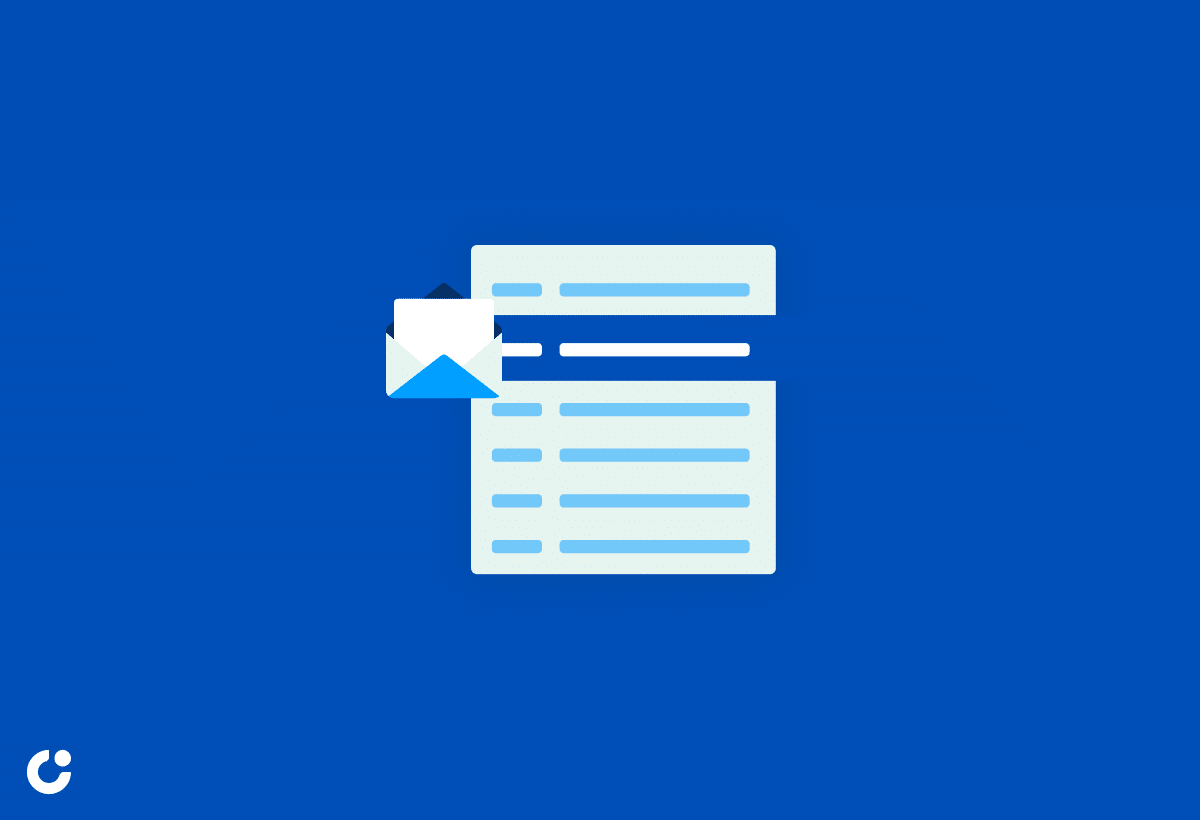In today's fast-paced world, efficient communication is key to success in any industry. Streamlining communication not only saves time but also ensures consistency, reduces errors, and enhances personalization.
Implementing canned responses can further optimize interactions, making them more effective and professional. In this article, we will delve into the importance of efficient communication, the benefits of streamlining interactions, examples of effective canned responses, and best practices for optimizing communication processes.
Stay tuned for valuable insights on enhancing your communication skills!
Key Takeaways:
Efficient communication is crucial for any organization to save time, reduce errors, and enhance personalization.
Using canned responses in inquiry emails can streamline communication by providing consistent and effective responses, especially in complex scenarios.
To optimize canned responses, regularly update and personalize them, and share best practices within the organization for efficient interactions.
Streamlining Communication: An Inquiry Email Template for Efficient Interactions
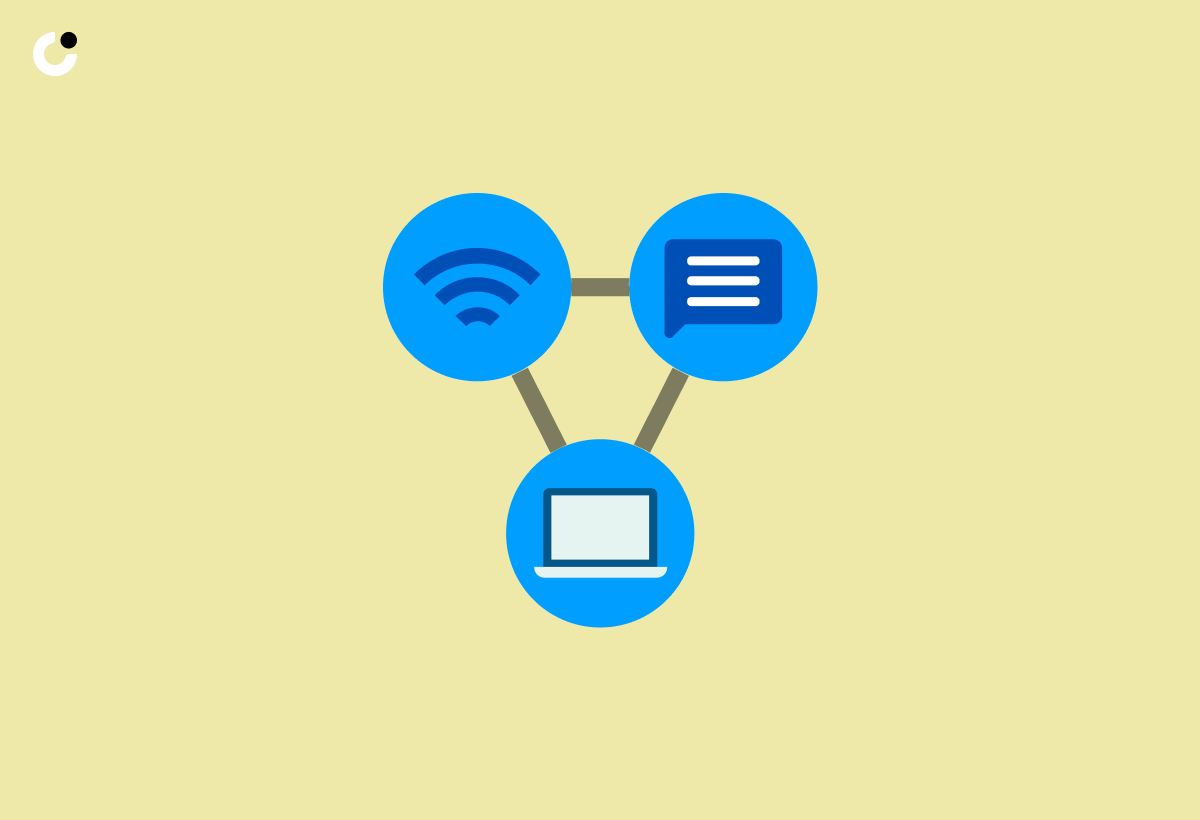
Streamlining Communication: An Inquiry Email Template for Efficient Interactions aims to revolutionize customer service by optimizing response strategies and enhancing communication efficiency through structured template utilization.
Efficient communication is a cornerstone of successful customer service, as it lays the foundation for building strong relationships with clients. Using templates and canned responses can significantly improve the speed and quality of responses, ensuring that inquiries are addressed promptly and consistently. By implementing streamlined processes, businesses can maintain a professional and personalized touch in their interactions, even when handling a high volume of customer queries. This not only boosts customer satisfaction but also enhances brand reputation and loyalty.
Understanding the Importance of Efficient Communication

Understanding the Importance of Efficient Communication is crucial in establishing professional and personalized customer interactions that elevate the overall service experience.
Efficient communication forms the foundation of customer service excellence. By fostering a culture of clear, concise, and empathetic communication, businesses can effectively address customer needs, build trust, and nurture lasting relationships.
Personalized interactions tailored to each individual customer demonstrate a genuine commitment to their satisfaction and loyalty. This level of personalization acknowledges and values the uniqueness of every customer, making them feel heard and understood. Such attention to detail not only enhances the customer experience but also creates a sense of customer-centric service that sets businesses apart from their competitors.
Benefits of Streamlining Communication

The Benefits of Streamlining Communication include improved efficiency, consistency, scalability, and enhanced training processes for customer service teams.
Efficiency gains are achieved by reducing redundancies and unnecessary back-and-forth, allowing customer service representatives to address queries promptly and effectively. Consistency in responses ensures that all customers receive the same level of service quality, which builds trust and fosters strong relationships. Scalability becomes easier when communication processes are streamlined, as it enables teams to handle growing volumes of interactions without compromising on quality. Proper training plays a crucial role in this scenario, ensuring that representatives are equipped with the necessary skills and knowledge to handle various situations efficiently.
Time-efficiency
Time-efficiency plays a crucial role in optimizing Average Handle Time (AHT), enhancing productivity, and ensuring quick resolution of customer inquiries.
Consistency in Communication
Consistency in Communication is essential for maintaining a professional image, ensuring uniform responses across all customer interactions, and upholding service standards.
Reduction of Errors
Reducing errors through streamlined communication processes minimizes the need for follow-up inquiries, enhances customer satisfaction, and encourages valuable feedback loops for continuous improvement.
Enhancing Personalization
Enhancing Personalization in communication involves addressing customers by their name, assigning dedicated agents, and tailoring responses to create meaningful and personalized interactions.
Managing Complex Scenarios
Managing Complex Scenarios requires innovation, continuous evolution of response strategies, and drawing insights from real-world examples to adapt to diverse customer inquiries effectively.
Scalability and Training
Scalability and Training are essential components for expanding customer support operations, enableing customer agents with the necessary skills and knowledge to handle diverse inquiries efficiently.
Implementation of Canned Responses
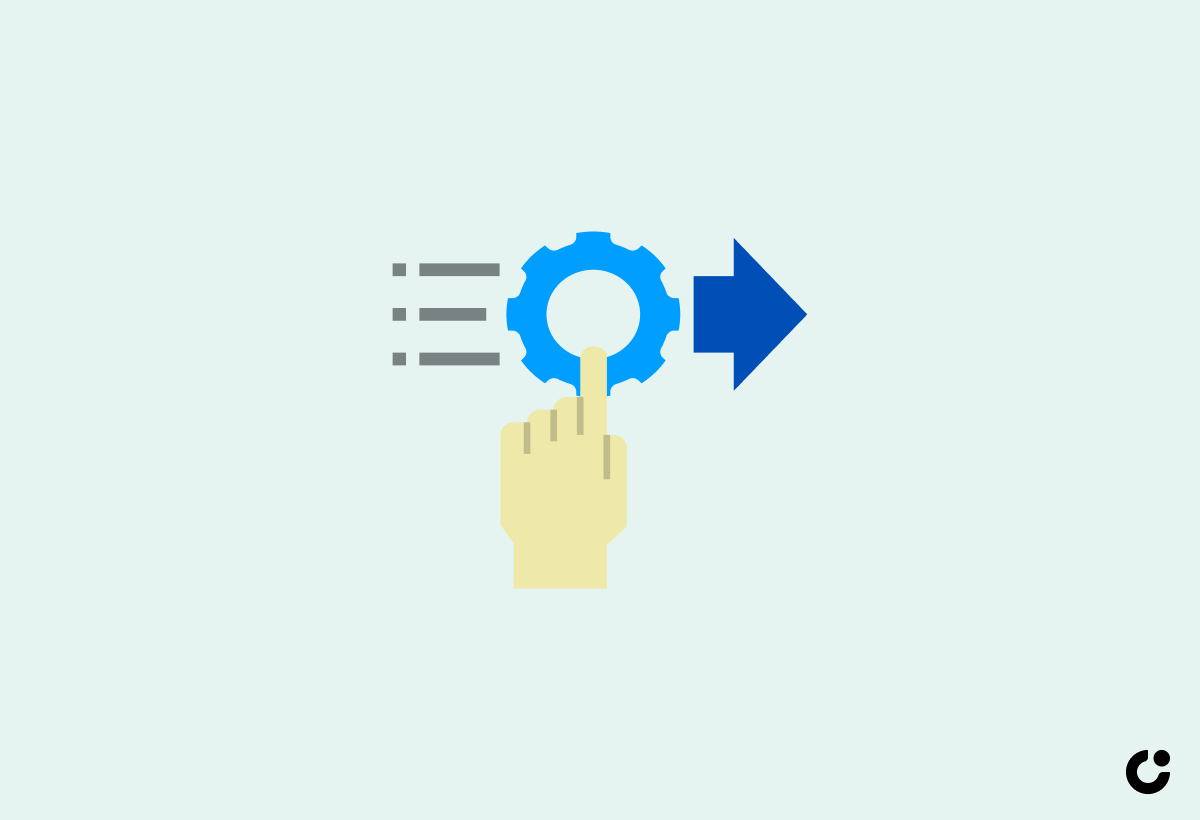
The Implementation of Canned Responses involves integrating pre-prepared responses from a knowledge base into the help desk system to streamline customer interactions and improve response efficiency.
This process begins with organizations identifying common customer queries or issues that can be resolved through standardized responses. These responses are then created and stored in the knowledge base, ensuring accuracy and consistency.
Once the canned responses are established, they are integrated into the help desk system, allowing customer service agents to access them easily during interactions.
By combining the knowledge base content with the help desk system, companies can provide quick and accurate solutions to customers, leading to enhanced customer satisfaction and operational efficiency.
Examples of Effective Canned Responses
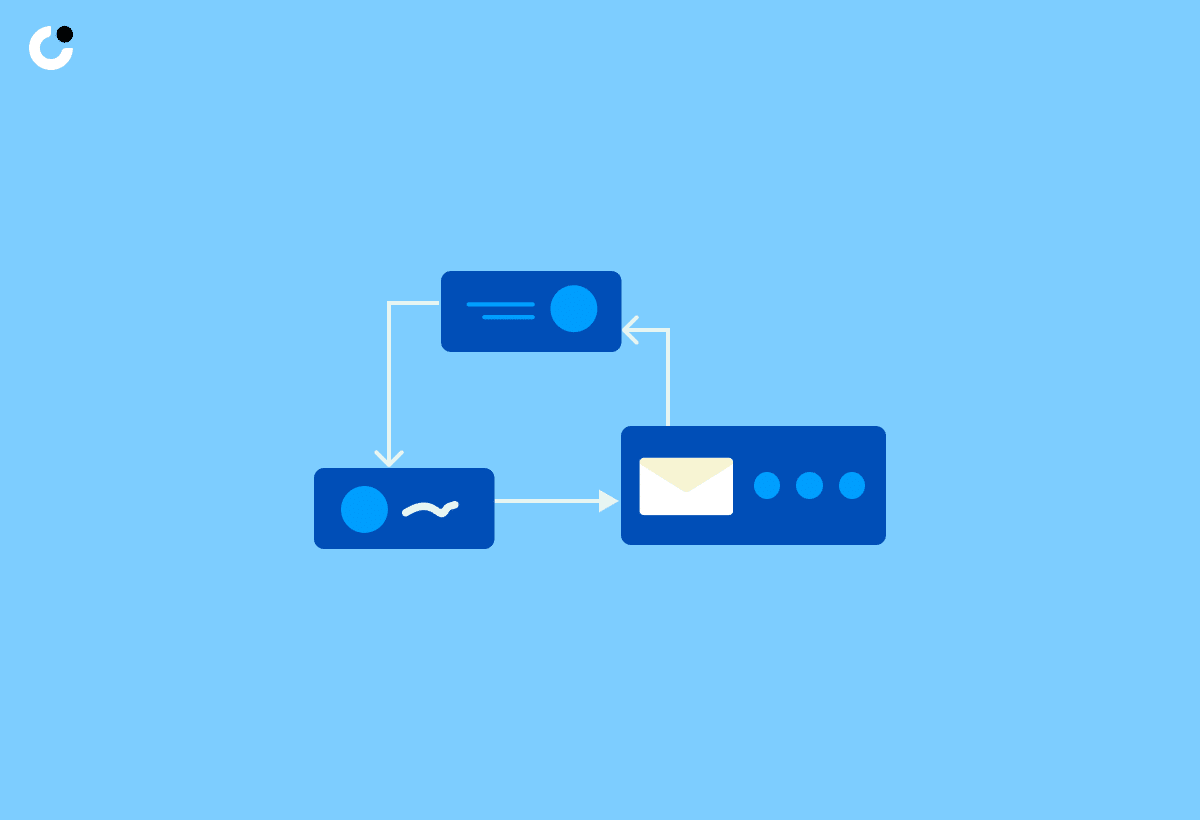
Examples of Effective Canned Responses showcase acknowledgment templates, FAQ responses, and problem resolution scripts that streamline customer interactions and enhance response consistency.
For instance, an acknowledgment template might include phrases like 'Thank you for reaching out' or 'We appreciate your feedback,' setting a polite tone right from the start.
Regarding frequently asked questions (FAQs), a well-crafted response would address common queries with clarity and simplicity, ensuring customers quickly find the information they need.
Similarly, a problem resolution script could outline step-by-step instructions to troubleshoot issues, enableing agents to efficiently assist customers and resolve their concerns. These structured responses not only save time but also deliver a professional and cohesive customer experience.
Optimizing Canned Responses
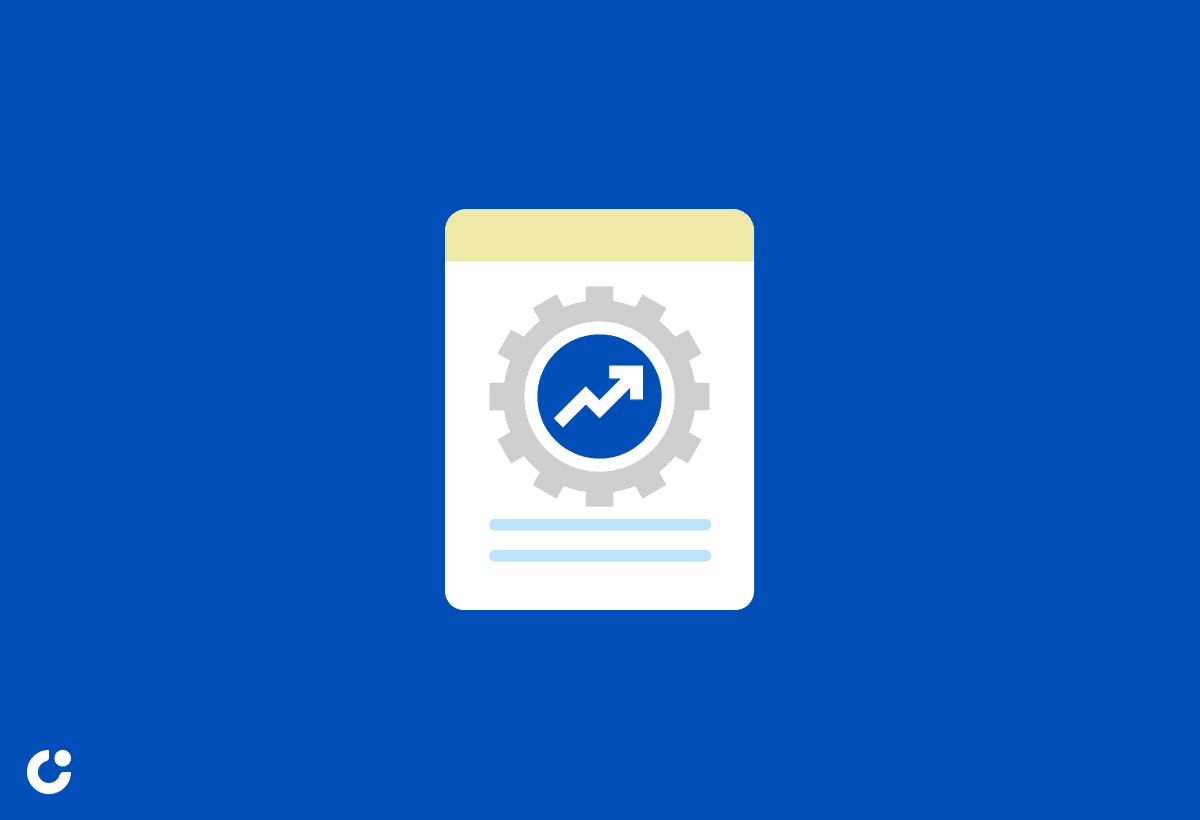
Optimizing Canned Responses involves utilizing the one-click insert template feature, maintaining brevity in responses, and leveraging the Knowledge Base tool to enhance response quality and efficiency.
One of the key strategies for optimizing canned responses is to make full use of the one-click insert template feature. By creating and organizing templates that are ready to be inserted with just a click, customer service representatives can significantly reduce response time and ensure consistency in their messaging.
Maintaining brevity in responses is crucial. Keeping messages concise and to the point not only saves time for both the agent and the customer but also ensures that the information is delivered clearly and effectively.
Leveraging the KnowledgeBase tool can further streamline the process. By continuously updating and refining the knowledge base, agents can access accurate and up-to-date information to provide swift and accurate responses to customer queries.
Conclusion

The evolution of communication technology and feedback mechanisms continues to reshape customer service practices, emphasizing the need for adaptive strategies and innovative solutions.
The rapid integration of techhnology advancements has revolutionized how customers and businesses interact, allowing for real-time communication through various digital platforms. This shift underscores the increasing importance of embracing digital tools for efficient and personalized customer service experiences.
The integration of customer feedback into operational processes has become a cornerstone for organizations seeking continuous improvement. By actively listening to customer suggestions and concerns, businesses can tailor their services to meet evolving needs, fostering long-lasting relationships and loyalty.
Sharing Best Practices

Sharing Best Practices in customer service involves leveraging knowledge base resources, enhancing productivity through effective response strategies, and fostering a culture of continuous improvement.
Implementing a robust knowledge base allows agents to access accurate information quickly, leading to swifter resolutions and satisfied customers. Utilizing standardized processes not only increases efficiency but also ensures consistency in service delivery. By encouraging a learning culture within the team, agents are enableed to continuously develop their skills and stay updated on industry trends.
Regularly updating the knowledge base with FAQs, troubleshooting guides, and best practices can be instrumental in resolving issues promptly.
Creating templates for common customer queries can help agents respond faster while maintaining quality service.
Organizing regular training sessions and sharing success stories can inspire agents to excel in their roles and drive customer satisfaction.
Exploring Communication Products
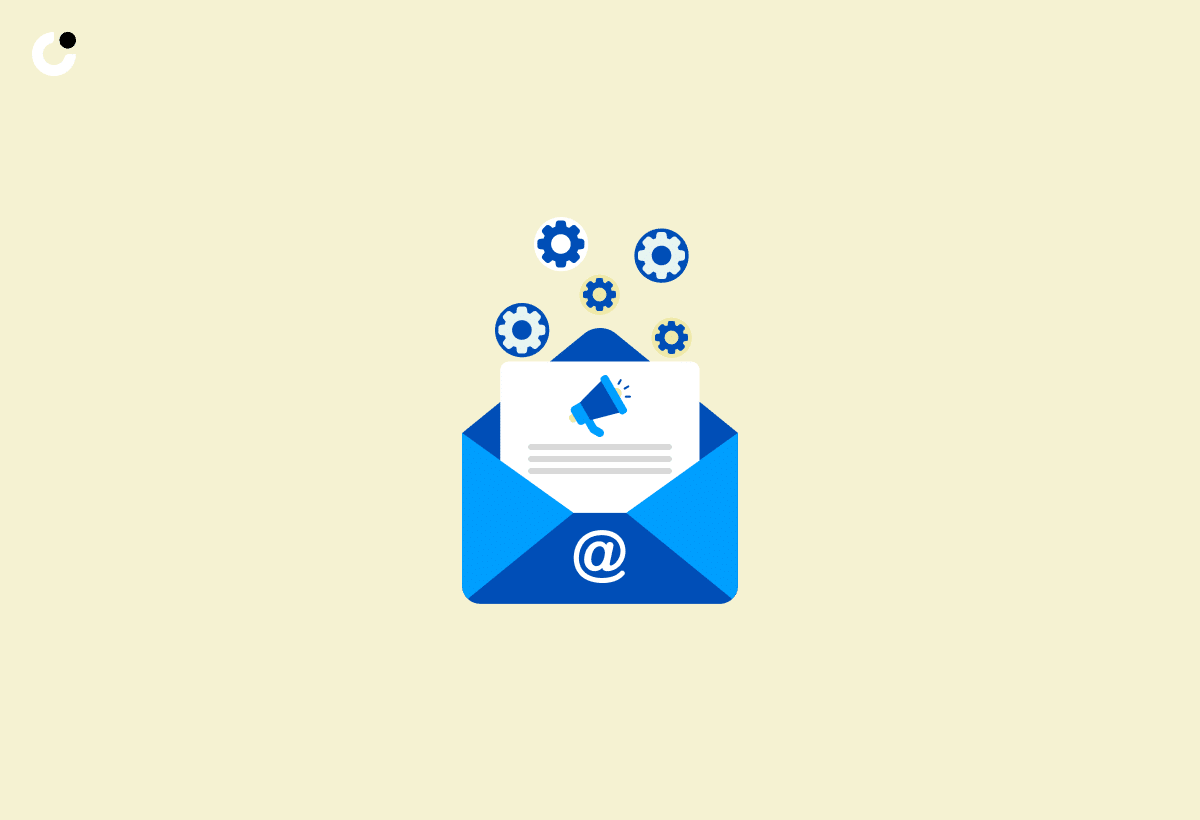
Exploring Communication Products such as LiveChat services, alternative contact information options, and email platforms like Gmail can enhance customer service capabilities and streamline communication channels.
LiveChat services offer real-time assistance, facilitating instant responses and query resolutions. Alternative contact methods like social media messaging and chatbots provide customers with diverse options to reach out.
Leveraging Gmail for business communication ensures professional correspondence, easy organization, and efficient collaboration through features like labels and filters. By incorporating these tools, businesses can optimize customer interactions, improve response times, and cultivate stronger client relationships.
Examples of Effective Canned Responses
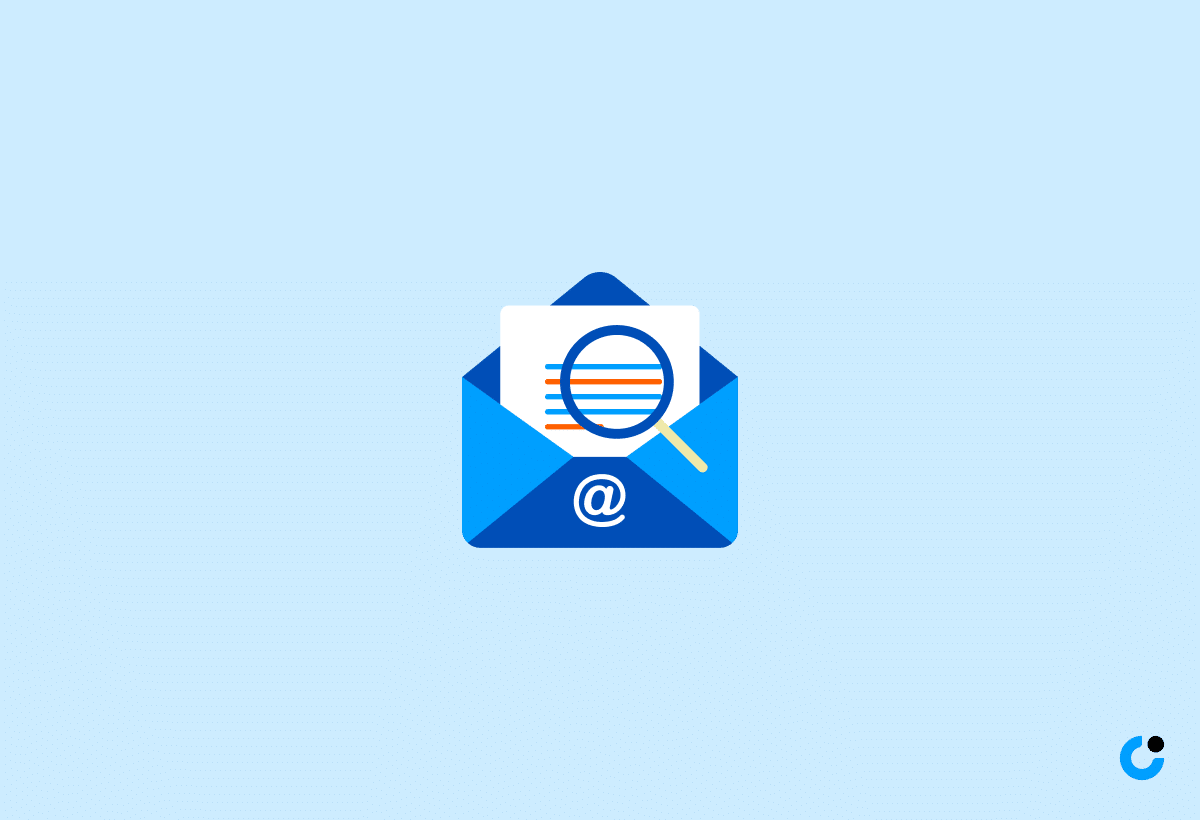
Examples of Effective Canned Responses offer structured templates for acknowledgment, FAQs, and swift problem resolution, enabling customer support teams to handle inquiries efficiently and maintain service consistency.
Optimizing Canned Responses for Improved Efficiency
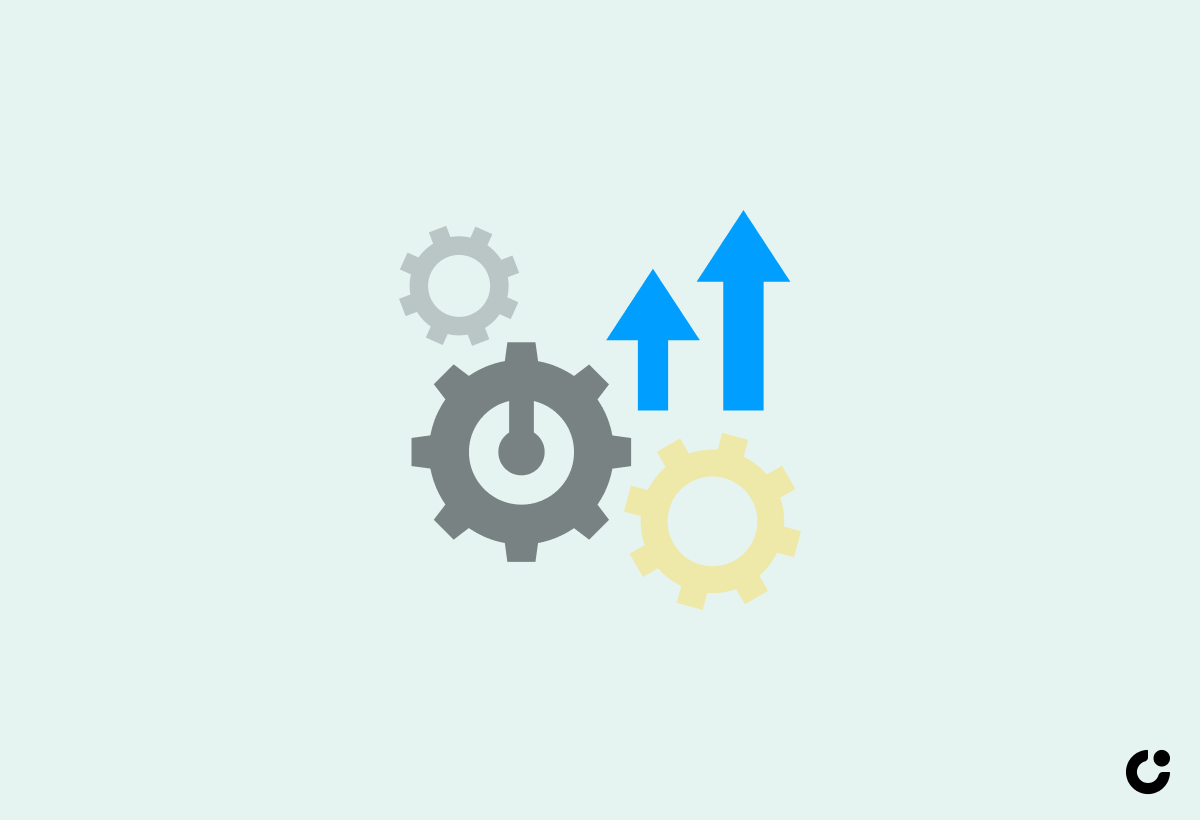
Optimizing Canned Responses for Improved Efficiency involves leveraging the one-click insert template feature, focusing on brevity in responses, integrating the KnowledgeBase tool, and continuous optimization to enhance response quality and service productivity.
Conclusion and Future Directions

The scalable nature of optimized canned responses, coupled with innovative approaches, feedback integration, and streamlined communication, paves the way for future advancements in customer service excellence.
Scalable and innovative canned response strategies not only improve response times but also provide a consistent experience across all customer interactions, enhancing overall satisfaction. By seamlessly integrating feedback into these responses, organizations can gather valuable insights to continuously refine their services and products, meeting evolving customer needs.
This integration of feedback allows businesses to identify trends, common issues, and areas for improvement, enabling proactive adjustments for better customer experiences. Through streamlined communication powered by technology, businesses can efficiently deliver personalized and relevant responses, fostering stronger customer relationships.
Looking ahead, the ability to scale these strategies will support ongoing growth and expansion, ensuring that customer service remains a cornerstone of organizational success through continuous innovation and adaptation.
Sharing Knowledge and Best Practices

Sharing Knowledge and Best Practices in customer service involves collaborative learning, template utilization, and fostering a culture of continuous improvement to enhance service quality and efficiency.
The exchange of information and expertise within customer service teams plays a pivotal role in refining operational techniques and refining service delivery. Through collaborative learning, individuals can benefit from the collective wisdom and experiences of their peers, leading to innovative solutions and enhanced customer satisfaction. Effective templates serve as guiding frameworks, streamlining processes and ensuring consistency in service interactions across diverse scenarios.
Future Trends in Customer Service Communication

Future Trends in Customer Service Communication are poised to incorporate advanced technology, AI integration, enhanced personalization, and automated response systems to elevate the efficiency and effectiveness of customer interactions.
One of the key technology trends shaping the future of customer service is the increasing use of chatbots and virtual assistants, which leverage Artificial Intelligence to provide quick solutions and responses. These AI applications can analyze customer queries in real-time, offering personalized recommendations and responses.
Companies are focusing on utilizing data analytics and machine learning algorithms to gain deeper insights into customer behavior, allowing for more targeted and personalized interactions. Automated response mechanisms, such as interactive voice response systems, are also gaining popularity as they streamline customer inquiries and enhance service outcomes.
Enhancing Customer Service with Innovative Solutions
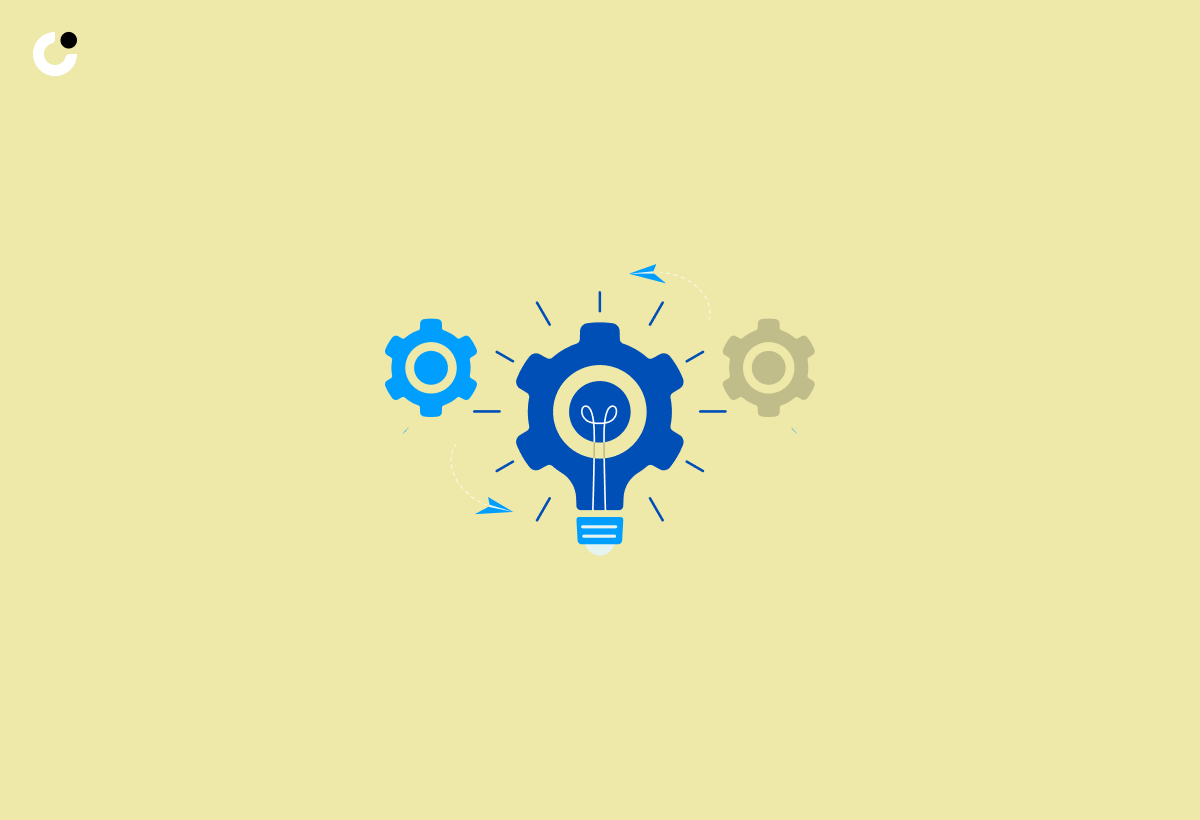
Enhancing Customer Service with Innovative Solutions involves leveraging cutting-edge innovation, optimizing customer experiences, integrating advanced technologies, and analyzing feedback for continuous service enhancement.
By diving into the realm of innovative solutions in customer service, businesses are able to stay ahead of the curve and meet the evolving demands of their clientele. Customer experience optimization becomes a focal point, guiding organizations to tailor services to individual needs and preferences. The seamless technology integration ensures that customer interactions are efficient and streamlined, offering a smooth and hassle-free experience. Through meticulous feedback analysis, companies gain valuable insights that serve as a compass for ongoing improvements and enhancements.
Frequently Asked Questions
1. What is the purpose of using an inquiry email template for efficient interactions?
An inquiry email template helps to streamline communication by providing a standardized format for sending inquiries, making it easier and more efficient for both parties to understand and respond to.
2. How can using an inquiry email template improve communication efficiency?
By using an inquiry email template, all necessary information is presented in a clear and organized manner, reducing the need for back-and-forth clarification and saving time for both the sender and recipient.
3. Can I customize the inquiry email template to fit my specific needs?
Yes, the inquiry email template can be personalized to include specific details or questions relevant to your inquiry. It is a flexible tool that can be tailored to suit your communication style.
4. Is it necessary to use an inquiry email template for every communication?
While not mandatory, using an inquiry email template for all your inquiries can make your communication more efficient and professional. It eliminates the risk of forgetting important details and ensures a consistent format for all your interactions.
5. How can I ensure that my inquiries are received and responded to in a timely manner?
By using an inquiry email template, you can include a clear subject line and a deadline for response, making it easier for the recipient to prioritize and respond promptly.
6. Is it appropriate to use an inquiry email template for formal or informal communication?
Yes, the inquiry email template can be used for both formal and informal communication as it provides a clear and concise way to present your inquiries, regardless of the tone or purpose of the interaction.

